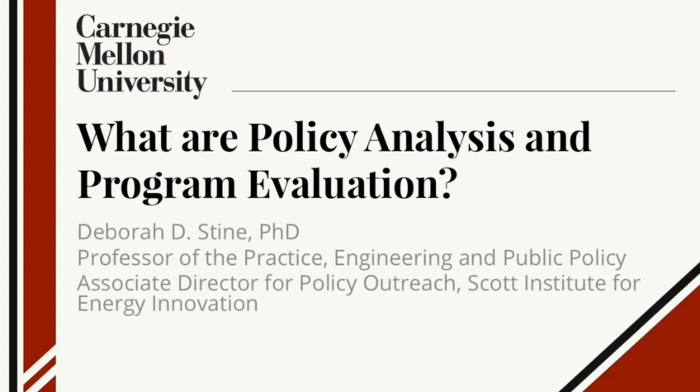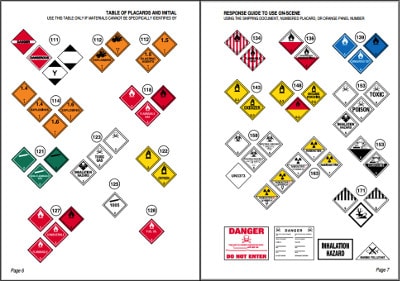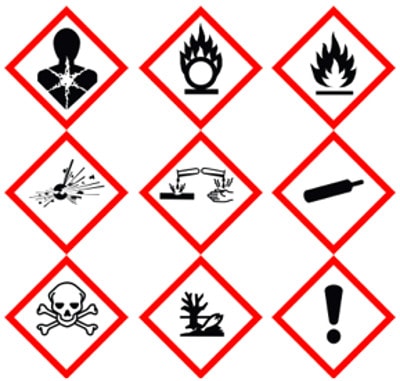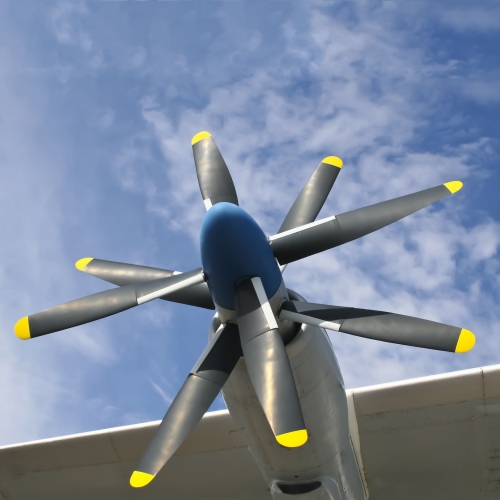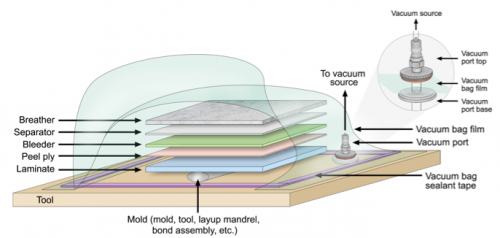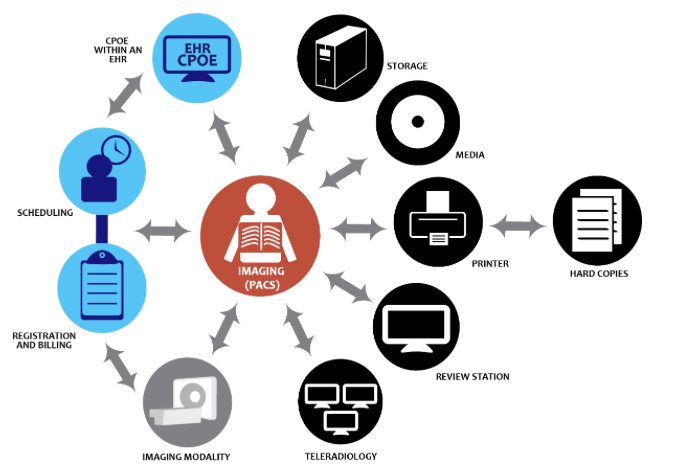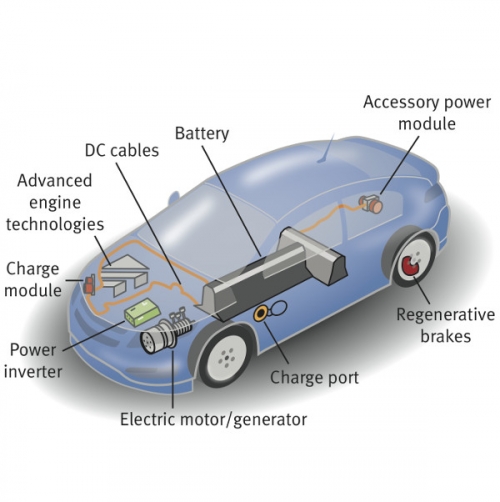Understanding the intersection of engineering and public policy can help engineers be more effective.
Learn about Open & Free OLI courses by visiting the “Open & Free features” tab below.
Public Policy Analysis for Engineers — Open & Free
- Description
- What students will learn
- Learning objectives by module
- Course outline
- Other course details
- System requirements
- Open & Free features
Description
Public policy issues are important to every field of engineering. Yet, most engineering students know little about the topic. For most students, however, an entire course focused on the topic is not necessary. For example, a class on engineering design could incorporate a case study on 3D printing policy.
This course will introduce students to the interrelationship of engineering and public policy, how to conduct neutral policy analysis, and then apply that knowledge in case studies to practice the skills they have learned. The modules takes a flipped classroom/active learning approach by using short videos to educate students, activities to practice the skills taught, and incorporates real-world examples such as hydraulic fracturing, drones, and 3D printing.
Topics Covered:
- Critical thinking of public policy
- Performing neutral policy analysis
- Designing engineering policy to meet desired needs within realistic constraints such as economic, environmental, and social contexts [ABET criteria 3c]
- Understanding the impact of engineering solutions in a global, economic, environmental, and societal context [ABET criteria 3h]
What students will learn
Topics Covered:
- Critical thinking of public policy
- Performing neutral policy analysis
- Designing engineering policy to meet desired needs within realistic constraints such as economic, environmental, and social contexts [ABET criteria 3c]
- Understanding the impact of engineering solutions in a global, economic, environmental, and societal context [ABET criteria 3h]
Learning objectives by module
Unit 1: Policy Analysis Overview
- Module 1: Overview
- Define public policy and public policy analysis.
- Describe how policymakers, stakeholders, and policy analysts influence public policy decisions.
- Describe why a well-informed and neutral analysis of existing and potential public policies is important for optimal societal outcomes.
- Identify why engineers should learn about public policy analysis.
Unit 2: How is Policy Analysis Conducted?
- Module 2: How is Policy Analysis Conducted?
- Assess the potential accuracy and completeness of available policy-relevant information, including identifying the current policy.
- Clarify complex policy issues for policymakers in a clear and concise narrative that recognizes obstacles to the recommended policy.
- Develop a policy-neutral question appropriate for policy analysis that does not include the proposed solution or presume there is a problem.
- Identify, evaluate and compare the positive and negative outcomes of potential policy solutions (including the status quo) according to the criteria you have selected (typically the 4 E’s: effectiveness efficiency, equity, ease of political acceptability.)
- Predict the various parties interested in taking or opposing action on this policy and their policy position.
Unit 3: Public Policy Analysis Cases
- Module 3: 3D Printing
- Assess the potential accuracy and completeness of available policy-relevant information, including identifying the current policy.
- Clarify complex policy issues for policymakers in a clear and concise narrative that recognizes obstacles to the recommended policy.
- Develop a policy-neutral question appropriate for policy analysis that does not include the proposed solution or presume there is a problem.
- Identify, evaluate and compare the positive and negative outcomes of potential policy solutions (including the status quo) according to the criteria you have selected (typically the 4 E’s: effectiveness efficiency, equity, ease of political acceptability.)
- Predict the various parties interested in taking or opposing action on this policy and their policy position.
- Module 4: Energy Efficiency
- After completion of this module, students should be able to understand the mechanics behind policy analysis in the context of mechanical engineering and building energy efficiency.
- Assess the potential accuracy and completeness of available policy-relevant information, including identifying the current policy.
- Clarify complex policy issues for policymakers in a clear and concise narrative that recognizes obstacles to the recommended policy.
- Develop a policy-neutral question appropriate for policy analysis that does not include the proposed solution or presume there is a problem.
- Identify, evaluate and compare the positive and negative outcomes of potential policy solutions (including the status quo) according to the criteria you have selected (typically the 4 E’s: effectiveness efficiency, equity, ease of political acceptability.)
- Predict the various parties interested in taking or opposing action on this policy and their policy position.
- Module 5: Energy Storage
- After completion of this module, students should be able to understand the mechanics behind policy analysis in the context of mechanical engineering and building energy efficiency.
- Assess the potential accuracy and completeness of available policy-relevant information, including identifying the current policy.
- Clarify complex policy issues for policymakers in a clear and concise narrative that recognizes obstacles to the recommended policy.
- Develop a policy-neutral question appropriate for policy analysis that does not include the proposed solution or presume there is a problem.
- Identify, evaluate and compare the positive and negative outcomes of potential policy solutions (including the status quo) according to the criteria you have selected (typically the 4 E’s: effectiveness efficiency, equity, ease of political acceptability.)
- Predict the various parties interested in taking or opposing action on this policy and their policy position.
- Module 6: Cyber Security
- After completion of this module, students should be able to understand the mechanics behind policy analysis in the context of mechanical engineering and building energy efficiency.
- Assess the potential accuracy and completeness of available policy-relevant information, including identifying the current policy.
- Clarify complex policy issues for policymakers in a clear and concise narrative that recognizes obstacles to the recommended policy.
- Develop a policy-neutral question appropriate for policy analysis that does not include the proposed solution or presume there is a problem.
- Identify, evaluate and compare the positive and negative outcomes of potential policy solutions (including the status quo) according to the criteria you have selected (typically the 4 E’s: effectiveness efficiency, equity, ease of political acceptability.)
- Predict the various parties interested in taking or opposing action on this policy and their policy position.
- Module 7: Renewable Electricity Generation
- After completion of this module, students should be able to understand the mechanics behind policy analysis in the context of mechanical engineering and building energy efficiency.
- Assess the potential accuracy and completeness of available policy-relevant information, including identifying the current policy.
- Clarify complex policy issues for policymakers in a clear and concise narrative that recognizes obstacles to the recommended policy.
- Develop a policy-neutral question appropriate for policy analysis that does not include the proposed solution or presume there is a problem.
- Identify, evaluate and compare the positive and negative outcomes of potential policy solutions (including the status quo) according to the criteria you have selected (typically the 4 E’s: effectiveness efficiency, equity, ease of political acceptability.)
- Predict the various parties interested in taking or opposing action on this policy and their policy position.
- Module 8: Electric Vehicles
- After completion of this module, students should be able to understand the mechanics behind policy analysis in the context of mechanical engineering and building energy efficiency.
- Assess the potential accuracy and completeness of available policy-relevant information, including identifying the current policy.
- Clarify complex policy issues for policymakers in a clear and concise narrative that recognizes obstacles to the recommended policy.
- Develop a policy-neutral question appropriate for policy analysis that does not include the proposed solution or presume there is a problem.
- Identify, evaluate and compare the positive and negative outcomes of potential policy solutions (including the status quo) according to the criteria you have selected (typically the 4 E’s: effectiveness efficiency, equity, ease of political acceptability.)
- Predict the various parties interested in taking or opposing action on this policy and their policy position.
- Module 9: Water Desalination
- After completion of this module, students should be able to understand the mechanics behind policy analysis in the context of mechanical engineering and building energy efficiency.
- Assess the potential accuracy and completeness of available policy-relevant information, including identifying the current policy.
- Clarify complex policy issues for policymakers in a clear and concise narrative that recognizes obstacles to the recommended policy.
- Develop a policy-neutral question appropriate for policy analysis that does not include the proposed solution or presume there is a problem.
- Identify, evaluate and compare the positive and negative outcomes of potential policy solutions (including the status quo) according to the criteria you have selected (typically the 4 E’s: effectiveness efficiency, equity, ease of political acceptability.)
- Predict the various parties interested in taking or opposing action on this policy and their policy position.
- Module 10: Energy Access in Developing World
- After completion of this module, students should be able to understand the mechanics behind policy analysis in the context of mechanical engineering and building energy efficiency.
- Assess the potential accuracy and completeness of available policy-relevant information, including identifying the current policy.
- Clarify complex policy issues for policymakers in a clear and concise narrative that recognizes obstacles to the recommended policy.
- Develop a policy-neutral question appropriate for policy analysis that does not include the proposed solution or presume there is a problem.
- Identify, evaluate and compare the positive and negative outcomes of potential policy solutions (including the status quo) according to the criteria you have selected (typically the 4 E’s: effectiveness efficiency, equity, ease of political acceptability.)
- Predict the various parties interested in taking or opposing action on this policy and their policy position.
- Module 11: Aerosols and Climate Impact
- After completion of this module, students should be able to understand the mechanics behind policy analysis in the context of mechanical engineering and building energy efficiency.
- Assess the potential accuracy and completeness of available policy-relevant information, including identifying the current policy.
- Clarify complex policy issues for policymakers in a clear and concise narrative that recognizes obstacles to the recommended policy.
- Develop a policy-neutral question appropriate for policy analysis that does not include the proposed solution or presume there is a problem.
- Identify, evaluate and compare the positive and negative outcomes of potential policy solutions (including the status quo) according to the criteria you have selected (typically the 4 E’s: effectiveness efficiency, equity, ease of political acceptability.)
- Predict the various parties interested in taking or opposing action on this policy and their policy position.
- Module 12: Edible Electronics
- After completion of this module, students should be able to understand the mechanics behind policy analysis in the context of mechanical engineering and building energy efficiency.
- Assess the potential accuracy and completeness of available policy-relevant information, including identifying the current policy.
- Clarify complex policy issues for policymakers in a clear and concise narrative that recognizes obstacles to the recommended policy.
- Develop a policy-neutral question appropriate for policy analysis that does not include the proposed solution or presume there is a problem.
- Identify, evaluate and compare the positive and negative outcomes of potential policy solutions (including the status quo) according to the criteria you have selected (typically the 4 E’s: effectiveness efficiency, equity, ease of political acceptability.)
- Predict the various parties interested in taking or opposing action on this policy and their policy position.
Course outline
UNIT 1: Policy Analysis Overview
Module 1: Overview
UNIT 2: How is Policy Analysis Conducted?
Module 2: How is Policy Analysis Conducted?
UNIT 3: Public Policy Analysis Cases
Module 3: 3D Printing
Module 4: Energy Efficiency
Module 5: Energy Storage
Module 6: Cyber Security
Module 7: Renewable Electricity Generation
Module 8: Electric Vehicles
Module 9: Water Desalination
Module 10: Energy Access in Developing World
Module 11: Aerosols and Climate Impact
Module 12: Edible Electronics
Other course details
System requirements
OLI system requirements, regardless of course:
- internet access
- an operating system that supports the latest browser update
- the latest browser update (Chrome recommended; Firefox, Safari supported; Edge and Internet Explorer are supported but not recommended)
- pop-ups enabled
- cookies enabled
Some courses include exercises with exceptions to these requirements, such as technology that cannot be used on mobile devices.
This course’s system requirements:
- none listed (subject to change)
Open & Free features
Open & Free Courses
- Open & Free OLI courses enable independent learners to study a subject on their own terms, at their leisure. Courses are:
- Self-guided.
- Self-paced.
- Self-supported.
- Open & Free courses include only the learning materials:
- No teacher.
- No tests.
- No college credit.
- No certificate of completion.
- *If your teacher gave you a Course Key, do not use an Open & Free course because your teacher will never see your work.

